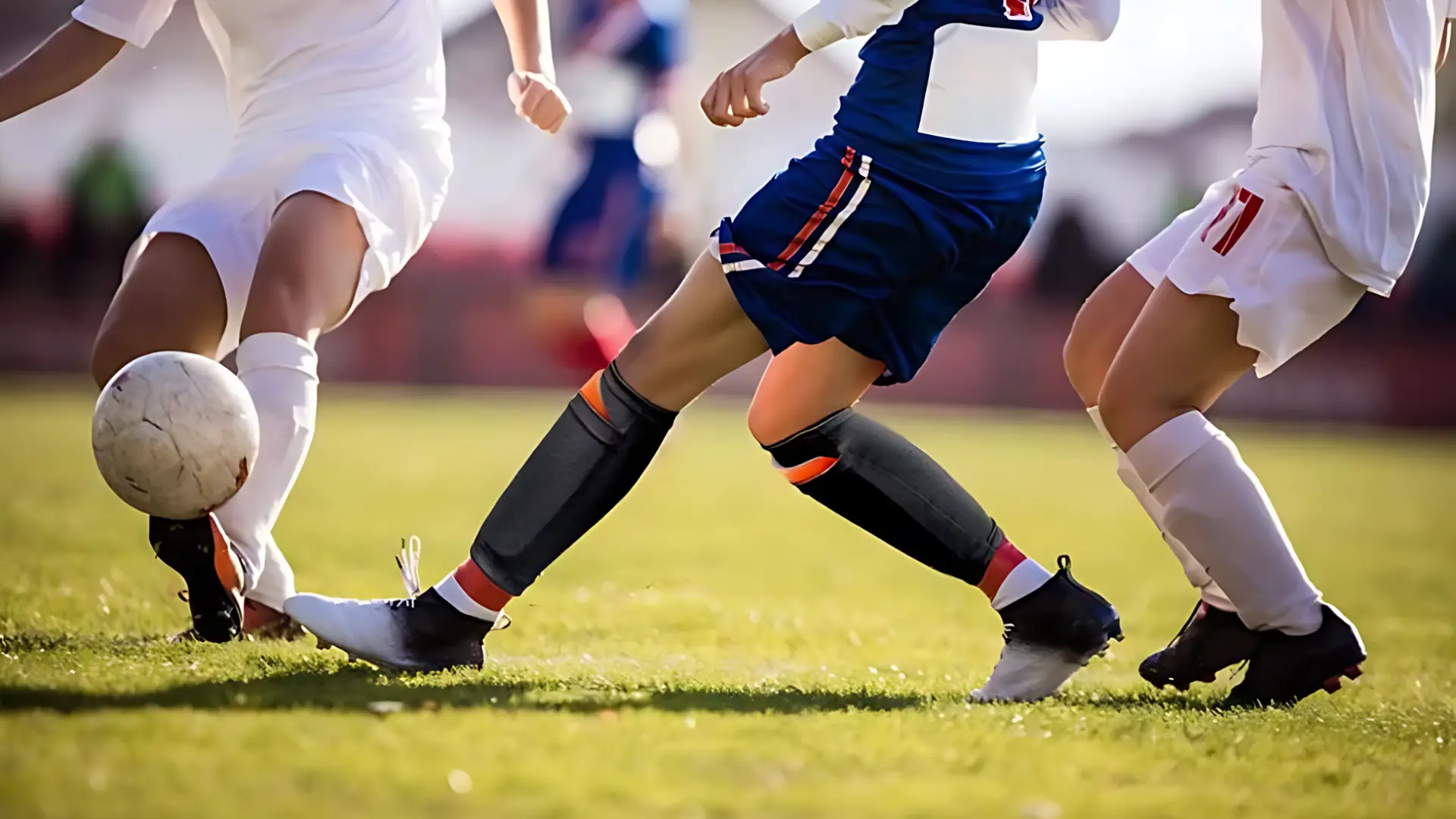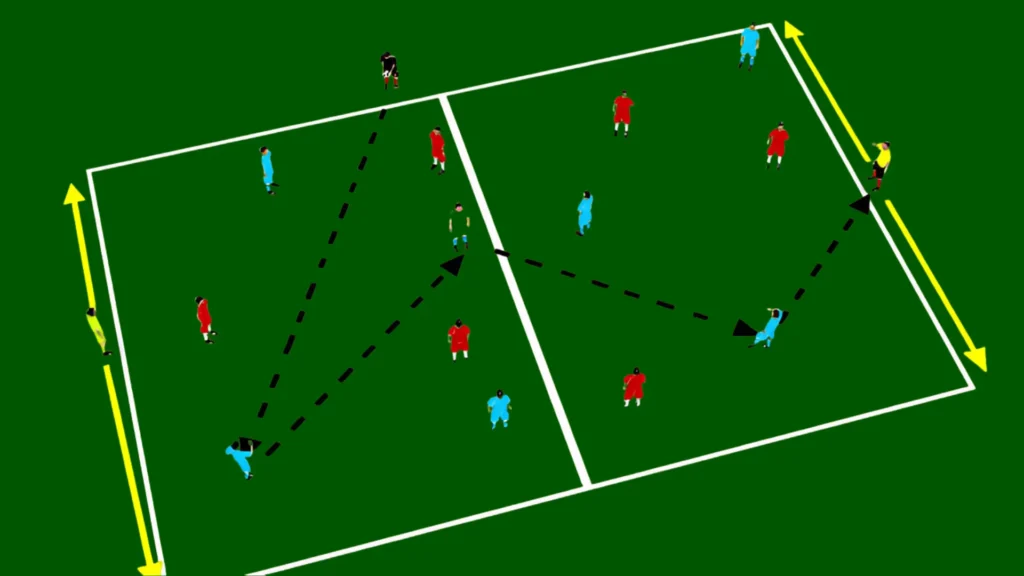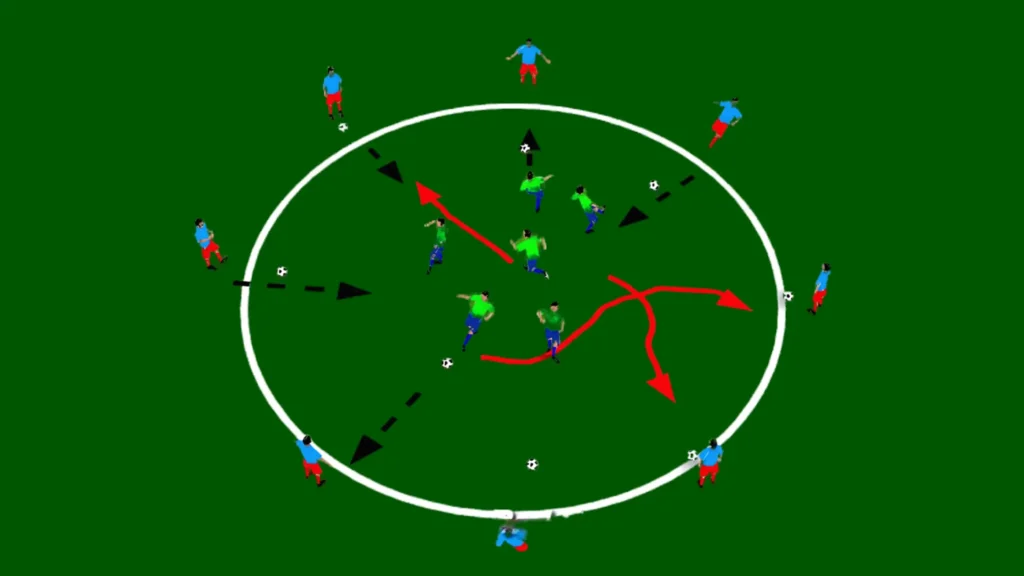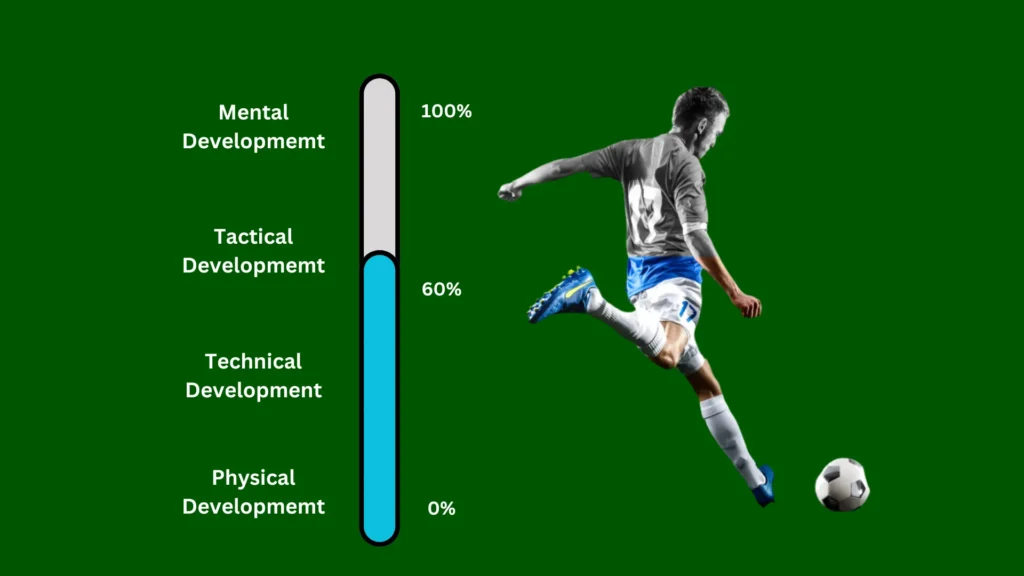
Introduction: Good Position in Youth Football is also an important part of the protecting the end area of the field with elements of a linebacker and cornerback. Safeties are meant to contain players on the offending team from getting forward in the field of play.
There are two types: free safety & strong safety which is responsible for tackling in the deep pass and strong safety, which tackles against run and bombs and tight end. Safeties in the modern days do not have well defined responsibilities as it is evident from the above explanation, they are general game changing players, who have to an be involved in most aspects of the defensive line.
| Things to Do | Explore the palace, elephant ride, light and sound show |
| Climate | Hot summers, mild winters |
| Best Time to Visit | October to March |
| Ideal Duration | 2-3 hours |
| Must Visit/Do | Sheesh Mahal, Diwan-e-Aam, Ganesh Pol |
| Personal Tips | Wear comfortable shoes; carry water and sunscreen |
| Clothes | Light, breathable clothing |
| Food to Try | Rajasthani thali, kachori |
1. Understanding the Game

Field Awareness: Having safety therefore allows an individual get a different perspective of the game especially in the offence and defense zones.
These players should ideally be able to get a good sense of run with the play being set by the offence as well as movements from other players.
Versatility: Safeties as well many change positions in different instances in the field and this may be beneficial or the course of developing a football.
2. Skill Development

Tackling and Coverage: Safeties may sometimes engage in tackling and sometimes in coverage, it would probably benefit the player in formulating the structures of the defense mechanism. They learn how to attack effectively while exercising on how to cover receivers; it helps in fashioning balance skills.
Ball Skills: Safeties in general, can run and tackle passes, and will specifically have the chance to strip the ball which should be helpful when catching and carrying.
3. Leadership Opportunities

Communication: Safeties are usually attributed the title of ‘avorites’ of the second division which that have to command the defense and to communicate with other players. This role can also should make sure that players are ready to be leaders and are very relaxed as they take their games.
Mentorship: There should be two big persons in the team tightly older than others because those young players that they join in a team will help to explain how to play the game and how to be victorious..
4. Physical and Mental Growth

Physical Conditioning: The safety position requires a bundle of speed, agility, and strength-all of which work towards promoting physical fitness and conditioning in young athletes.
Mental Toughness: Safeties have to be able to be tough and composed while achieving this under pressure and to help their players create mental toughness too, and to succeed in high-pressure situations.
5. Enjoyment and Engagement

Exciting Gameplay: The safety position often involves making big plays, such as tackles, interceptions, and return opportunities, which can be exciting and rewarding for young players.
Team Contribution: Safeties play a vital role in the overall success of the team, allowing players to feel a sense of contribution and importance within the group.
Tips for Playing Safety in Youth Football
when it comes to writing of safety position in youth football, one can be privileged to take this position because it is full of challenges. Here are some tips to help young athletes excel in this crucial role:
1. Understand Your Responsibilities
Role Awareness: Read through the following related duties of a safety so that you can have a clue on what is expected of a safety: pass coverage, run support and assisting the cornerbacks. That way, you would not make wrong decisions out there if you are well conversant with your role out there.
2. Develop Strong Communication Skills
Team Coordination: Safety often acts as the last line of defense, so effective communication with teammates is essential. Always communicate with your linebackers and cornerbacks about formations and potential threats.
3. Focus on Positioning and Awareness
Field Vision: Retained proper positioning in the field as a medium is when the quarterback has realized the receivers. Expect to counter some of the tactics used by the opponent teams and constantly try to locate changes within the offence formation..
4. Improve Your Tackling Technique
Safe Tackling: As safety, a tackled safety will present lots of scenarios to you
For this ASB reason, it is suggested that photographers fire at or below the waste level as much as possible to decrease/eliminate getting shot.
5. Enhance Your Speed and Agility
Physical Conditioning: Employ a trainer and do the various speed and agility training in form drills and exercises. Should be more responsive and faster in order to cover certain distance and make the plays; should include such aspect as sprinting, sidesteps and foot work in the training curriculum.
6. Study the Game
Film Analysis: Watch game footage of professional safeties to learn their techniques and decision-making processes. Understanding how they read plays and react can provide valuable insights for your own performance.
7. Practice Ball Skills
Interceptions and Breakups: Work on your catching and ball-handling skills. As a safety, you will have opportunities to intercept passes or break up plays, so practice these skills during drills.
8. Be a Leader on the Field
Leadership Qualities: When practicing with your team, you should focus on the catching abilities as well on the ball handling one. Since you are a safety you will be able to make tackles or knock down passes so be sure and do these during drills.
Conclusion
Overall, the safety position in youth football is a valuable and rewarding choice for young athletes. It provides opportunities for skill development, leadership, and a deeper understanding of the game, while also promoting physical fitness and mental toughness. For players who enjoy being involved in both tackling and pass coverage, safety can be an excellent position that enhances their overall football experience.
People also ask
The safety position in football is utilized to provide deep coverage in the secondary, helping to prevent long passes and protect against big plays
2.What Is Free Safety Exactly? And how does Free Safety relate to Strong Safety?
A free safety is a defensive back who lines up deep in the secondary and is responsible for providing help coverage over the top, reading the quarterback’s eyes, and making plays on the ball.
Also Read: Football Size Guide: Best Football Sizes for Different Ages

Leave a Reply